Recently I took my dog Pongo for a walk through the calming trails and peaceful woods behind my house, and this serene setting afforded me the opportunity to engage in some reflection. My dog is half Pug and he tends to overeat and gain weight (don’t we all). I was thinking I needed to take him on more frequent, longer brisk walks to improve his health. I had also recently started training some newer clients – all of them over 65 years old – and I was pondering what I felt they had done right in their fitness past and what were some things they could have done better. I envisioned myself going back in time to talk to them. What would I tell them? It had to be something they would believe and more importantly it had to be something they would actually do.
On this walk I believe I had a moment of clarity. This is one of those things that when one hears it for the first time the response is likely to “well of course, who didn’t know that?” but if you think about it more deeply and most importantly – if you ask: who is putting these practices into place? Well then I believe the answer isn’t so obvious to.
My moment of clarity was this: There are 2 keys to optimize one’s health over a lifetime and they are Walking and Lifting. More succinctly we can outline it like this:
The 2 Keys to Health
Walking – 3 Hours a week at a brisk pace
Lifting – 1 hour a week against moderate resistance
Walking
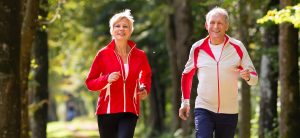
To optimize health I believe walking for a minimum of 3 hours a week is ideal. It doesn’t have to be for 1 hour straight, but I think it should be 20 minutes or longer for positive cardiovascular benefit. And it needs to be reasonably brisk. Brisk is a little faster than you normally walk. People in good health normally walk about 3.5 mph so brisk for them is 4-4.5 mph. That speed should be most individuals’ goal. If one is starting out then 3.5 mph is a good mark to shoot for. 3.0 mph should be the minimum, if one can’t walk at that speed for any length of time then I would argue that your health and fitness are already compromised and you should immediately seek to rectify that situation.
Walking is typically a balance between cardiovascular fitness and bodyweight. If your bodyweight is within reason but walking is hard then you simply need to work on your cardio – walk more. Start out slow and short but work to get better. Talk multiple short walks a day. If your bodyweight is excessive then look to reduce that by limiting your calories (1500-2000 kcal is a good start for almost everyone with a hard stop at 2000 kcal/day). Walking or riding a bike is likely the best type of cardio for one at this stage.
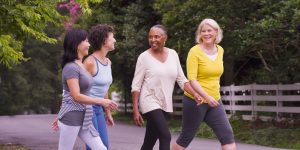
Older women walking together outdoors
What about other cardio
If you prefer to perform other cardio that is more challenging than walking (running, hard elliptical, cycling, etc) and you can still perform the walking if you had to, then I see no problem with that as long as it isn’t so excessive that you think it will wear you down in the future. However if you can’t complete the walking the cardio is better than nothing but I would seek to see why you can’t walk for that period of time and then work to correct that.
Lifting

There are many possible lifting routines to create, but on the whole they should at least encompass the following:
-
- One or more upper body pushing exercise – something like push-ups, bench press, DB press or something similar in nature
- One or more upper body pulling exercise – something like pull-ups, lat pulldowns, rows or something similar
- One or more lower body exercises – something like squats, leg press, lunges or something similar
It is extremely important to incorporate progressive overload in your lifting workouts. This is just as important for an older adult as it is for any other exerciser. It is fine to start light and easy since that is still a load the body is not used to, but you can’t just do the same thing over and over again. Just adding 1 rep or 2 lbs here and there is fine, but every week or so and certainly every month the workout should get a little bit harder to do.
What about more intense lifting?
If you want to lift more often or more intensely, that is likely fine. That comes with the same caveat for the cardio, just watch long term overuse and watch performing that to the exclusion of cardio.
What is moderate intensity?
Moderate intensity simply means the exercise is ‘kind of hard’. If you complete 5-15 reps when you get near the end of the set you should more tired than when you started. If you could easily double the number of reps that you are performing, and you have been lifting for more than a month or two, you should likely make it harder.
Does lifting replace the cardio?
No, in most instances the lifting can’t replace the cardio. Each provide unique benefits to the body, just like the cardio doesn’t replace the lifting.
Where on the Spectrum are You?
People tend to fall on 1 of 3 categories when it comes to what kind of exercise they do:
Beginners
The bad news is these people don’t do any regular exercise and they need to start to promote long term health. The older they get the more important it is to start now. I would strongly recommend beginners, particularly older adults, invest in a personal trainer for at least the first 2 months of their training to make sure they get started off on the right foot. Look for a personal trainer with a degree in the field or one that attended NPTI. They should likely follow a routine similar to the Beginner Workout I outline in my book All About Program Design.
The good news is that beginners typically respond very quickly to exercise and will often show reasonably good results in 2-3 months and then very noticeable results (feeling better, stronger, moving better, more energy) in 6-12 months. After a year or two of training one simply needs to maintain that new fitness, although many find themselves now striving toward higher goals.
Cardio Focused
There will be some individuals who will scoff at the walking recommendations, thinking they are too low, and they will perform lots of cardio throughout the week. But in my experience these individuals often neglect their resistance training. Cardio is great but it alone is enough to promote optimal health and fitness long term.
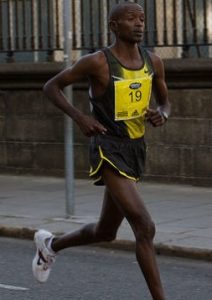
Lifting Focused
There will be some individuals who will scoff at the lifting recommendations. One hour a week – do you even lift, bro? And if you want to lift more that is fine (this is coming from a 20 year veteran of powerlifting competitions). But to the meatheads out there I would ask how much cardio are you doing? And yes I have read the research that excessive cardio work might slightly reduce strength gains but walking 3 hours a week is not excessive.
Think about the potential negatives that focusing only on strength 
What’s the difference between Health and Fitness?
I opened this article stating that I believe walking and lifting to be the 2 keys to optimal health. Health is defined as the absence of disease, or more appropriately in this example the body’s ability to maintain optimal homeostasis. When we are healthy we typically don’t think about what health is, so one way to think about health is what happens when we are unhealthy? What happens when our health (or lack thereof) demands our attention? Dealing with any sort of illness sucks – dealing with chronic lifestyle illnesses can have a massively negative impact on the quality of life especially as one ages.
Fitness is the ability to do a task. One can’t define fitness until that task is clarified. In this instance I will use fitness to describe the ability to get through normal daily life. The good news is that as humans have advanced, our daily life has gotten very easy. The bad news is this doesn’t do an adequate job of maintaining our fitness anymore and thus we must add in activity to keep us fit and healthy. If one walks for 3 hours a week at a brisk pace and one lifts for 1 hour a week, I believe that almost all individuals who follow that protocol will be fit enough to handle any typically daily need their life might throw at them.
It is true if one wants to be super “Fit” and perform a variety of intense activities very well, then one will need to do more than I have suggested here. This is particularly true if one’s goal is to excel at a high level in Sports Performance. For more information on how I divide health, fitness and sports performance see the Wellness Wheel article on Psychology Today.
What about excess weight?
The biggest factor affecting one’s health that we have not addressed is excess weight. It is pretty clear that carrying around 100+ lbs is quite detrimental to one’s health. This is true for both the short term and more importantly (but harder to think about) the long term. Nutrition has the greatest impact on one’s weight and you could argue that nutrition needs to be included as a third key. I will certainly agree that nutrition is important, but let me push back a bit.
How many obese people do you know that regularly walk 3 hours a week at a brisk pace and lift for 1 hour a week? Particularly if we get to class II obesity and beyond (35 BMI+) it is extremely rare that an individual engages in both of those activities and has consistently for a while and still suffers from obesity.
My argument is let’s not overcomplicate things. First let’s address the things we have solid control over. Let’s focus on what truly matters:
Walk for 3 hours a week at a brisk pace
Lift weights for 1 hour a week with moderate intensity
Those activities will take up less than 3% of your time per week. That investment is non-negotiable.
If you walk and lift consistently your short term health will improve, your long term health is set up to be maximized, and if you have excess weight to lose I believe you will notice a significant difference in 6 months.
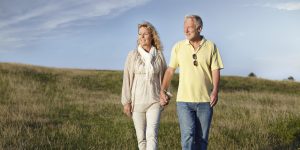
Mature couple walking in the nature
Your body is the most amazing gift you’ll ever receive. Your health has a massive impact on your own quality of life and the quality of life of those most dear to you. You can not control everything and there are no guarantees in life – but you have the power to set yourself upon the road to success. It isn’t a magic pill or some secret formula. It literally starts with your own two feet. You just need to walk and you need to lift each week. I strongly believe you will find the rewards far outweigh the cost. Walk in to a gym for older adults and ask those with more life experience – if they could go back and time and follow this advice, would they? And think about all the people you can’t ask. Do you think they have any regrets? I think you know what the answer is.

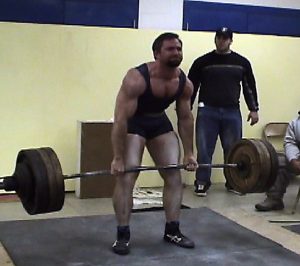
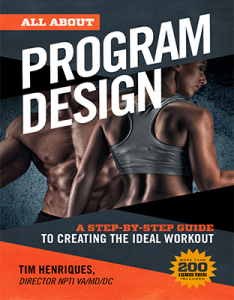
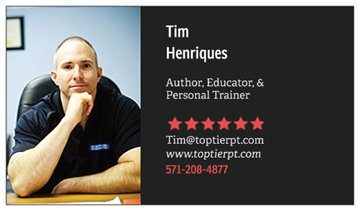

0 Comments